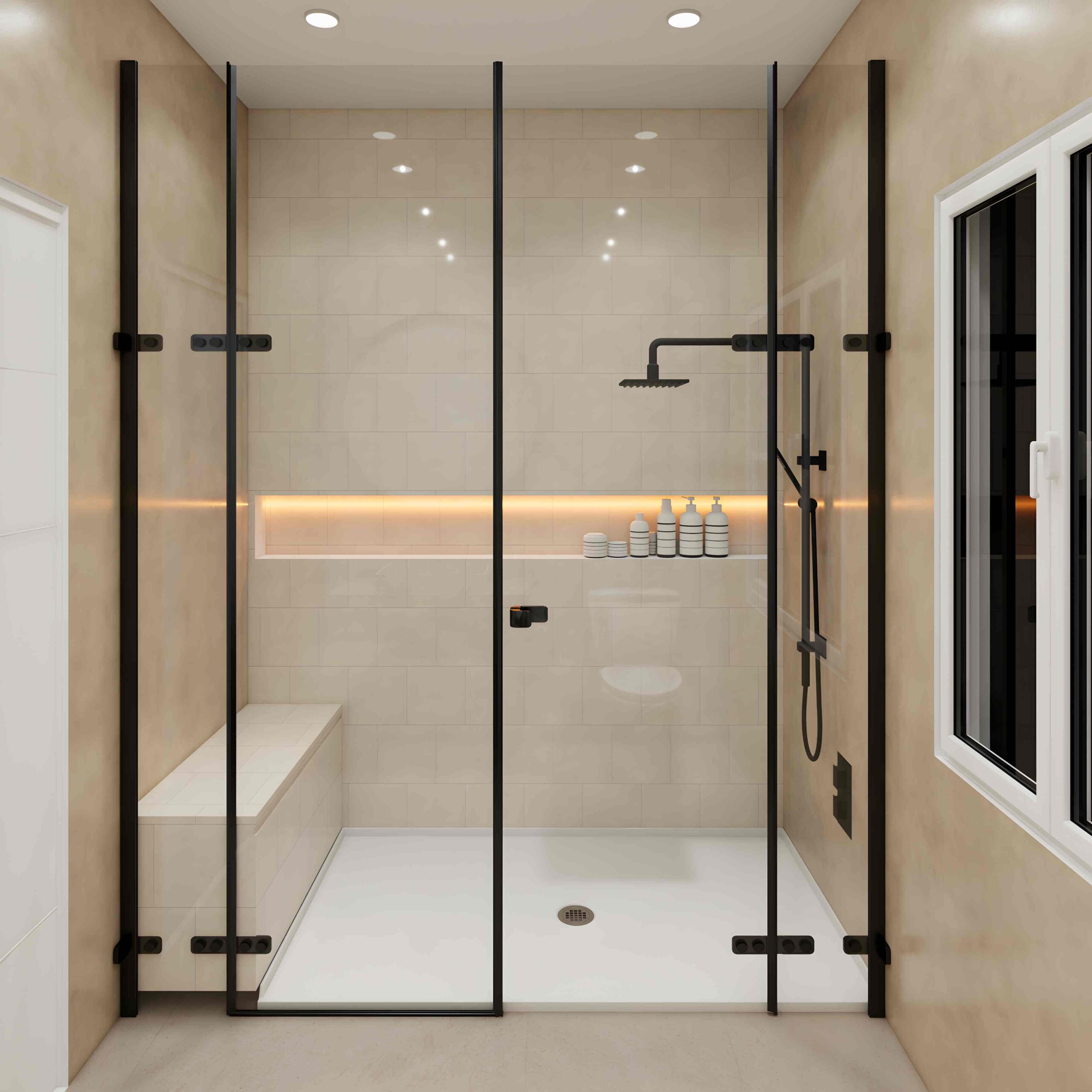Creating a realistic render using Enscape involves several key steps to ensure your visuals look lifelike and compelling. Here’s a step-by-step guide to help you achieve that:
Set Up Your Demonstrate Properly
High-Quality 3D Show: Guarantee your 3D show is point by point and exact. This incorporates rectify extents, surfaces, and materials.
Correct Scale: Make beyond any doubt the scale of your demonstrate is precise to maintain a strategic distance from mutilation in your renders.
- Optimize Your Materials
Realistic Surfaces: Utilize high-resolution surfaces for your materials. Enscape underpins different surface maps like bump maps, ordinary maps, and specular maps to upgrade realism.
Material Properties: Alter fabric properties such as reflection, refraction, and glossiness. Enscape employments physically-based rendering (PBR) materials, so adjusting with reasonable fabric properties will upgrade your render quality.
- Lighting
Natural Lighting: Utilize Enscape’s day/night cycle to accomplish characteristic lighting. Alter the time of day to suit your scene, and consider the position of the sun for reasonable shadows.
Artificial Lighting: Include and design light sources to upgrade insides scenes. Utilize spotlights, point lights, and range lights with legitimate escalated and color temperature.
Global Brightening: Guarantee worldwide brightening settings are arranged to imitate real-world light behavior.
- Camera Settings
Field of See: Set an fitting field of see for your camera to capture your scene effectively.
Depth of Field: Utilize profundity of field to center on particular parts of your scene whereas obscuring the foundation, including to the realism.
Exposure and White Adjust: Alter presentation and white adjust to redress lighting and color issues in your renders.
- Post-Processing
Enscape’s Post-Processing Impacts: Utilize Enscape’s built-in post-processing highlights like sprout, vignette, and differentiate alterations to upgrade the visual quality.
External Altering: For assist refinement, you can trade your render to picture altering program (like Photoshop) for extra adjustments.
- Render Settings
Resolution: Set a tall determination for your last render to guarantee clarity and detail.
Render Quality: Select the fitting render quality settings in Enscape. Higher quality settings will create superior comes about but may take longer to render.
- Environment and Context
Surroundings: If pertinent, include relevant components like scenes, environment, or foundation scenes to make your render feel more reasonable and grounded.
Assets: Join reasonable resources such as individuals, plants, and furniture to include life to your scene.
- Normal Overhauls and Testing
Iterate: Ceaselessly test and emphasize on your settings and alterations. See renders as often as possible to gage how changes affect the generally realism.
By carefully overseeing these perspectives, you’ll be able to deliver high-quality, reasonable renders with Enscape.

One comment on “How to create a Basic render using Enscape”